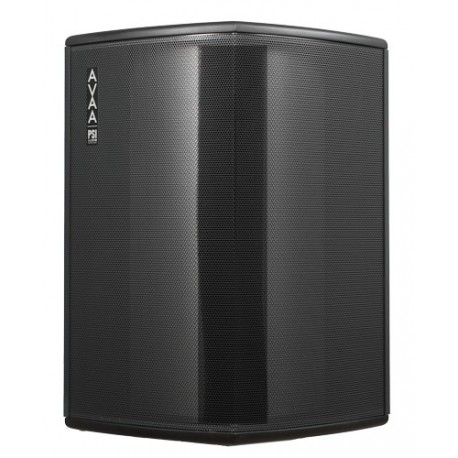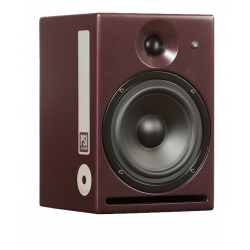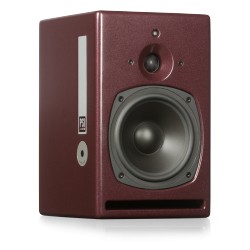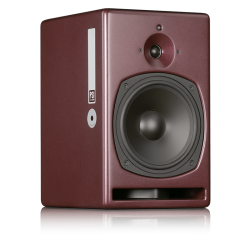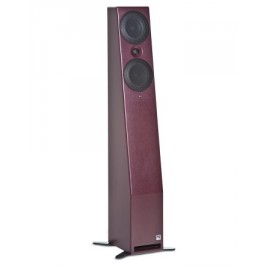What does the AVAA do?
The AVAA is designed to absorb the standing modes between 15 and 120 Hz in a room. It will do so just like passive absorbers but in a much more efficient way and using up much less space. Each operating AVAA will have the same effect as a hole in the wall much larger than the dimensions of the AVAA (that is 0.2 m2). The exact ratio will depend on the frequency and environment but typically range between 5 and 20.
The AVAA will affect the impedance of the air and “suck” low frequencies around it.
Therefore the best position to place an AVAA is in the most rigid corners as that is where all room modes will be most present.
How does it work?
Note that this technology has several international patents pending.
A microphone will measure the acoustic pressure in front of an acoustic resistance.
The acoustic resistance is designed to let air through but reducing significantly the pressure.
A transducer membrane is driven to absorb the volume of air going through the acoustic resistance.
This significantly reduced the acoustic pressure (between 15 and 120 Hz) around the microphone and around the AVAA.
What does the AVAA not do?
The AVAA is a solution for room modes below 120 Hz and absorbs low frequencies only. The AVAA will not absorb frequencies above approximately 150 Hz. It is therefore not a total solution for acoustically bad rooms. For best results, it needs to be combined with passive absorption in higher frequencies.
What effect will the AVAA have in my room?
The AVAA will have the same effect, on frequencies from 15 to 120 Hz, as opening a window about 5 to 10 times the size of the AVAA. This will impact sound in the time, frequency and space dimensions.
- Time: it will significantly reduce reverberation time in these frequencies especially on room modes.
- Frequency: with more precise and tighter bass, the masking effect of higher frequencies is reduced. Details in higher frequencies also become clearer.
- Space: with less indirect sound in the room, the location of the sound is more accurate making the sound image more precise.
How many AVAAs do I need?
An acoustician will be able to compute the effect of a certain number of AVAAs in a particular room.
Depending on the dimension and type of room as well as the result required, between 2 and 8 AVAAs are necessary. For very small rooms a minimum of two AVAAs is recommended to have a symmetrical effect. For most normal size rooms (between 20 and 80 m2) it is recommended to use 4 AVAAs and for larger rooms the number can be increased to 6 or 8.
Product Key Features
- It is an efficient solution for room mode problems in low frequencies
- It works independently from any source of sound and doesn't alter it
- It is stable with no settings or measurements required
- It can be used in recording room, control room, listening room or any room that has low frequency problems
- It simply works like an acoustical element in the room
- It can be turned ON and OFF to alter the acoustic environment
- It can easily be moved into different rooms
- It doesn't emit any sound
- It has a small footprint and is a cost effective solution
- It is 100% analog - no DSP, no latency

